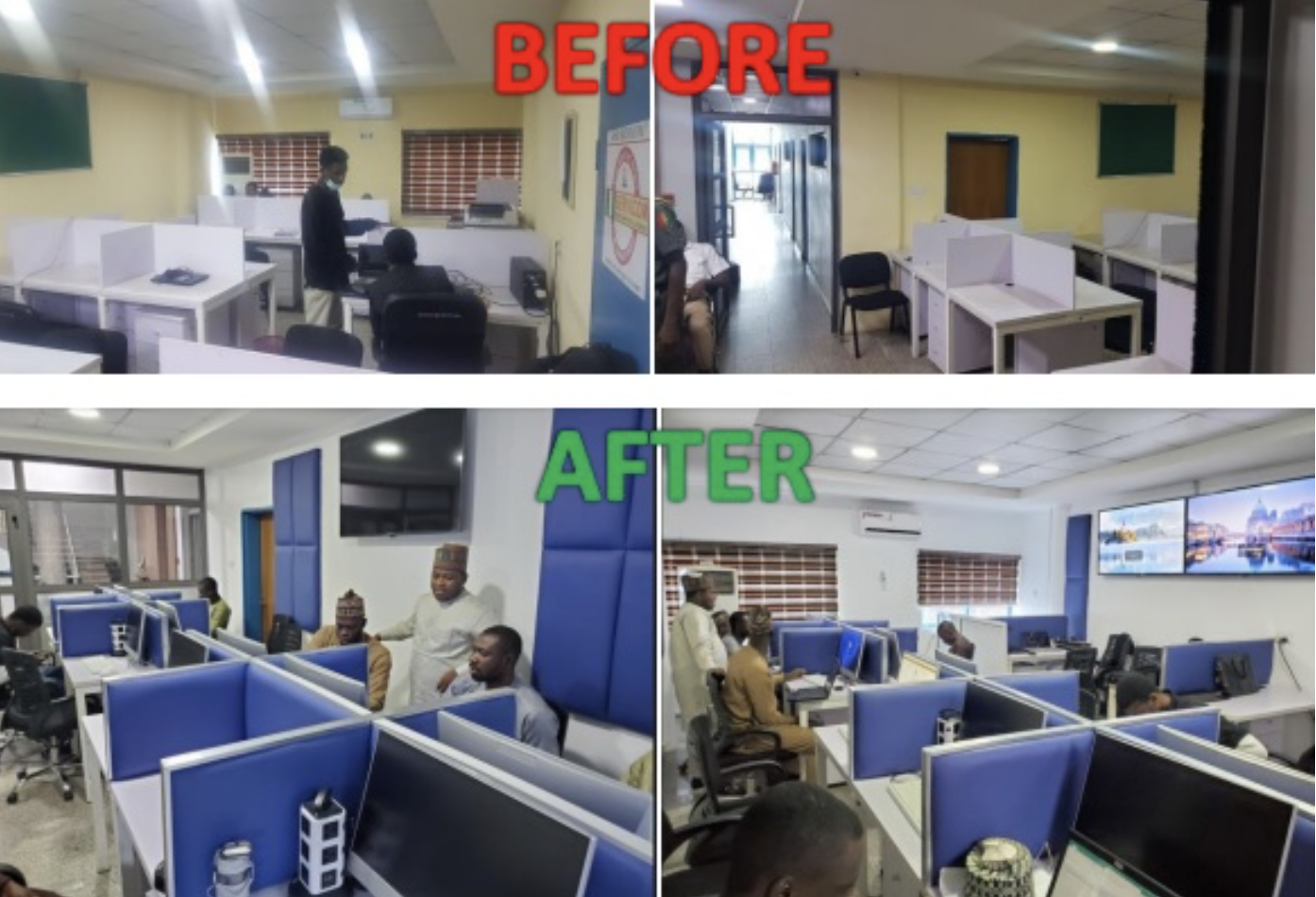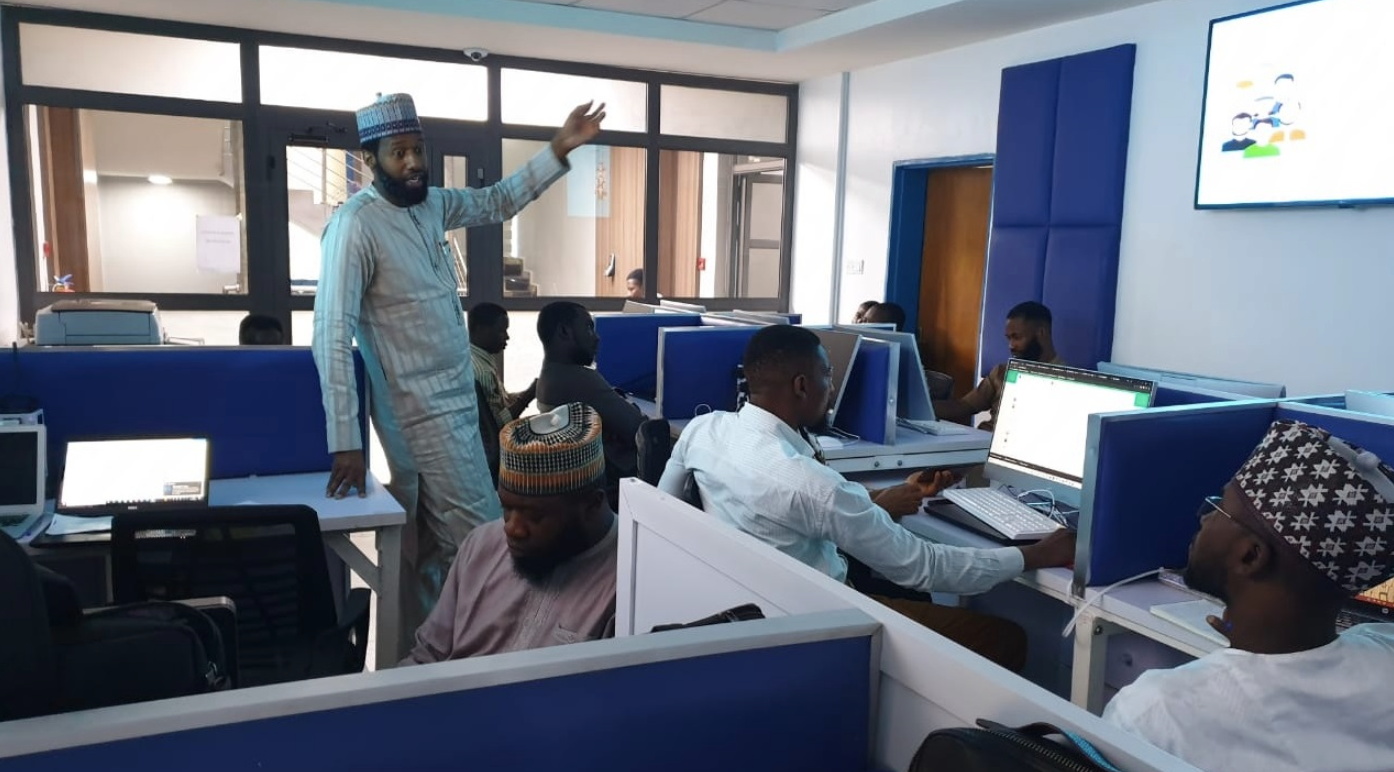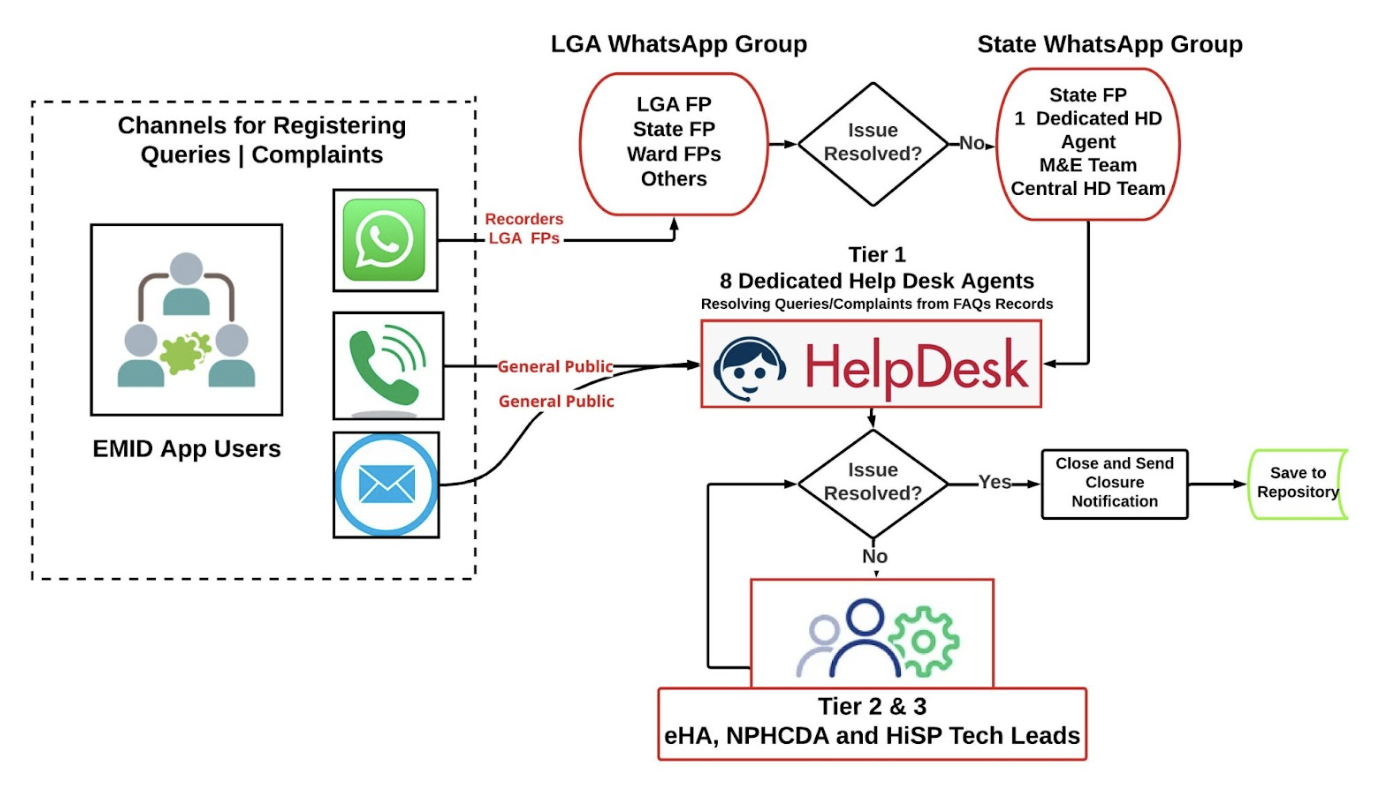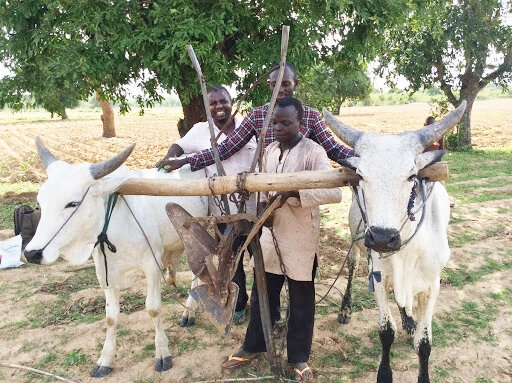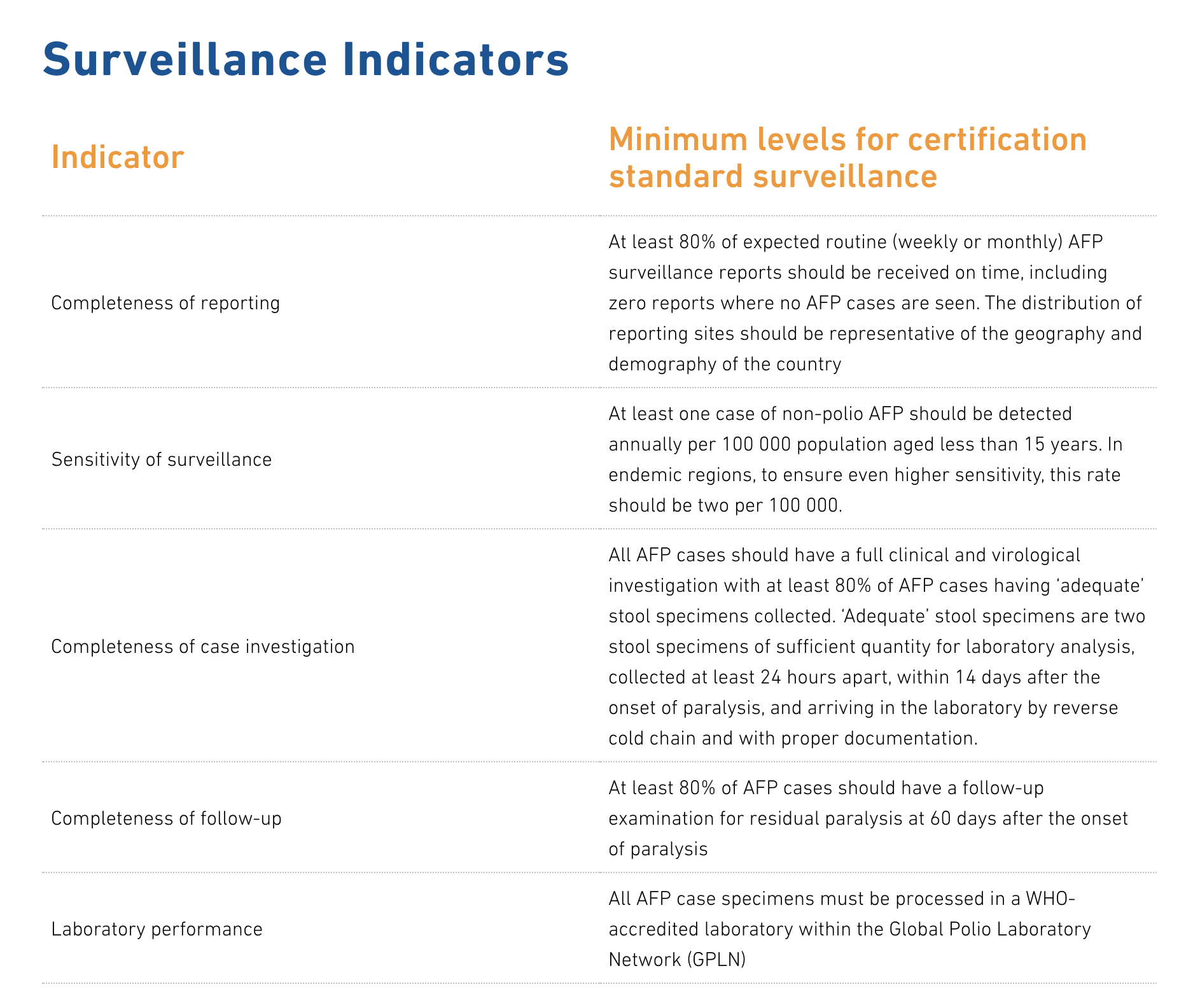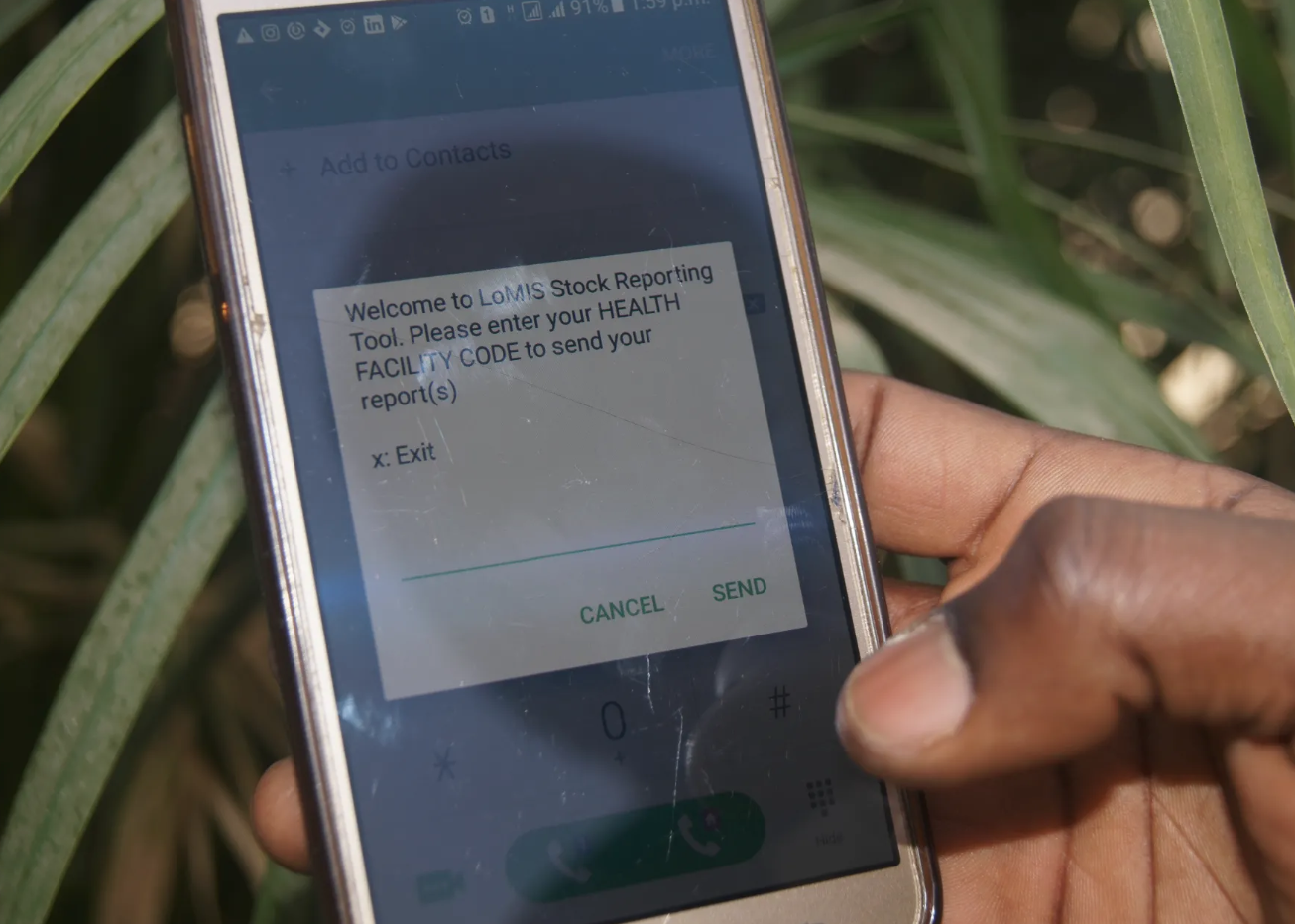By Emmanuel Uko
Every month, eHealth Africa (eHA) convenes stakeholders and subject-matter experts on a fresh episode of the Insights Webinar for topical discussions, solutions and recommendations that improve public health and contribute to the attainment of SDG goal 3: good health and wellbeing for all. The aim is to share lessons learned across different areas of project implementation and to offer recommendations.
The 8th edition of the Insights webinar was focused on how digital tools can strengthen blood management systems. Alluding to the topic, one of the panelists, Dr. Mohammed Farouk (MD, MBA), Managing Director of the Africa Society for Blood Transfusion (AfSBT), said “Incorporation of technology and data-driven solutions makes the blood management value chain more seamless. Recruitment of donors is done with online questionnaires, after which the donor institution determines eligibility of the donor, then invites them to the donation center.” This process saves time and resources as donors are only invited on appointment, based on schedule.
Still on eligibility, Michelle Vermeulen, Head of Marketing & Public Relations at Western Cape Blood Services in South Africa outlines the criteria: “In order to be an eligible donor, criteria differ from country to country. However, generally, one must be between the ages of 16 and 75, weigh more than 50 kg, be healthy on the day of donation, without flu or symptoms of cold, and be leading a healthy sexual lifestyle.”
In addition, Emmanuel Nene Dei, Head of Planning, Monitoring and Evaluation at the National Blood Service, Ghana, further stated that “An eligibility quiz for prospective donors helps to shorten the recruitment process. Those not eligible are, with their consent, linked up with other healthcare facilities for quality healthcare, as necessary.” Francis Ayo, Technical Project Manager in the Informatics Department at eHealth Africa, added that “Integration of data-driven technology creates visibility, accountability and transparency, leading to appropriate decisions about quantity and types of blood products required at specific health facilities, while third-party logistics systems carry out the distribution and ensure supplies where needed.”
The webinar had 160 online participants from Canada, Ethiopia, Germany, Ghana, Guinea, Nigeria, Rwanda and Sierra Leone; and eHA’s live LinkedIn audience (eHealth Africa), had 1,441 viewers at the time of the webinar. eHA’s Strategic Engagement Lead / Senior Manager, in Berlin, Germany, Johanna Roegele, who has worked on the management of the blood supply chain observed that eHA and partners have modelled a system to ensure continual availability of blood products. She recommended that such models be replicated especially in other African countries.
From their vast experience, the panelists shared other lessons for effective blood supply chain management: donors prefer to be contacted with personalized messages (SMS, Whatsapp and emails) rather than general messages sent to everyone. Personalized messages enhance the likelihood of recurrent donations, especially for first-time donors. More so, social media and traditional media help create visibility for institutions and to attract donors. Digital interoperability between digital blood management information systems and testing machines reduces human error, speeds up testing time, increases accuracy, eliminates waste and averts silo functioning. In addition, drone-based delivery to hard-to-reach areas, saves more lives especially in emergencies.
Human-centered project design approach should be applied, taking into consideration inputs and needs of stakeholders and potential beneficiaries. In the data management process, privacy of clients is paramount while keeping appropriate databases updated for tracking and monitoring of trends in blood services.
eHA’s monthly Insights webinar is an opportunity to learn more about how experts are resolving public health issues with the use of digital technology and data-driven solutions, sharing both the solutions and the lessons in creating them for replication.






